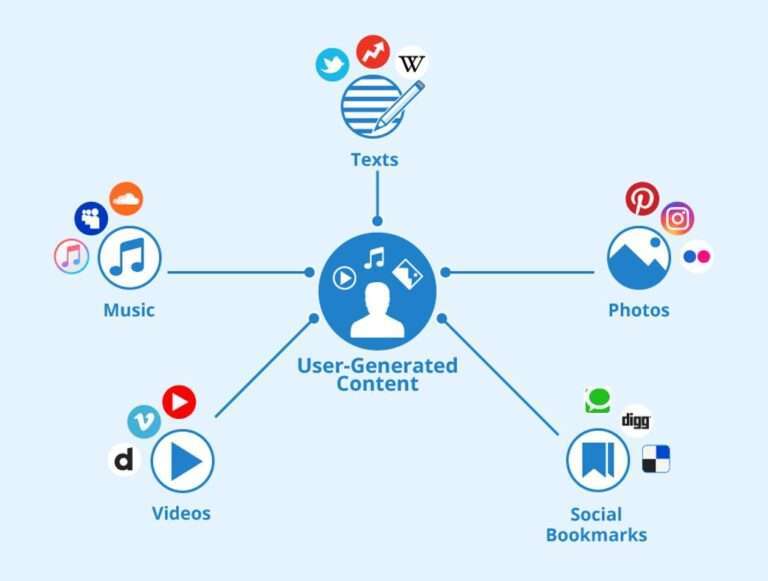What is Automated Content Writing?
Overview
What is Automated Content Writing?
Automated Content Writing refers to the use of artificial intelligence and natural language processing techniques to generate written content automatically. It involves the use of machine learning algorithms to analyze data and generate human-like text. Automated Content Writing has gained popularity due to its ability to produce large volumes of content quickly and efficiently. It is used in various applications such as content generation for e-commerce, news article writing, and social media post creation.
Benefits of Automated Content Writing
Automated content writing offers several benefits that can greatly enhance the efficiency and effectiveness of content creation. Firstly, time-saving is a major advantage of automated content writing. With the help of advanced algorithms and natural language processing techniques, automated systems can generate high-quality content in a fraction of the time it would take for a human writer. Secondly, automated content writing ensures consistency in tone, style, and messaging. This is particularly important for brands and businesses that need to maintain a cohesive and unified voice across their content. Additionally, automated content writing can increase productivity by handling repetitive tasks, such as generating product descriptions or social media posts. By freeing up time for writers, they can focus on more strategic and creative aspects of content creation. Lastly, automated content writing can improve scalability as it allows for the generation of large volumes of content quickly and efficiently. This is especially beneficial for industries that require a high frequency of content updates, such as e-commerce or news websites. Overall, automated content writing brings numerous advantages that can revolutionize the way content is produced and consumed.
Challenges of Automated Content Writing
Automated content writing faces several challenges that need to be addressed. One of the main challenges is maintaining accuracy in generating content. While the algorithms used in automated content writing have improved over time, there is still a risk of producing inaccurate or misleading information. Another challenge is creativity. While automated systems can generate content based on patterns and data, they may struggle to produce truly original and creative pieces. Additionally, tone and style can be a challenge. Automated content writing may have difficulty capturing the appropriate tone and style for different types of content. Finally, there are ethical considerations. As automated content writing becomes more prevalent, it raises questions about the role of human writers and the potential for job displacement. Addressing these challenges is crucial for the continued development and responsible use of automated content writing.
How Automated Content Writing Works
Natural Language Processing
Natural Language Processing (NLP) is a subfield of artificial intelligence that focuses on the interaction between computers and human language. It involves the analysis and understanding of human language, enabling computers to process, interpret, and generate natural language. NLP techniques are used in automated content writing to extract relevant information from various sources, analyze the semantic meaning of text, and generate coherent and engaging content. Some common NLP techniques used in automated content writing include sentiment analysis, text summarization, and language translation. These techniques enable automated content writing systems to produce high-quality content that is tailored to the specific needs and preferences of the target audience.
Machine Learning Algorithms
Machine learning algorithms play a crucial role in automated content writing. These algorithms are designed to analyze large volumes of data and learn patterns and trends. They can generate high-quality content by applying statistical models and techniques. Some popular machine learning algorithms used in automated content writing include recurrent neural networks (RNNs), generative adversarial networks (GANs), and transformers. These algorithms can generate text that is coherent, relevant, and engaging. By leveraging machine learning algorithms, automated content writing can produce content at scale and with efficiency.
Data Sources for Automated Content Writing
Automated content writing relies on a variety of data sources to generate high-quality and relevant content. These data sources include structured data from databases, unstructured data from websites and documents, and even user-generated content from social media platforms. By analyzing and processing these diverse data sources, automated content writing systems can extract valuable insights and generate content that meets the specific needs of the target audience. Additionally, machine learning algorithms play a crucial role in understanding patterns and trends in the data, further enhancing the quality and accuracy of the generated content. Overall, the availability and utilization of diverse data sources empower automated content writing systems to create engaging and informative content at scale.
Applications of Automated Content Writing
Content Generation for E-commerce
Content generation for e-commerce is one of the key applications of automated content writing. With the help of natural language processing and machine learning algorithms, automated systems can generate product descriptions, reviews, and other promotional content for online stores. This not only saves time and effort for e-commerce businesses but also ensures consistent and high-quality content. Data sources such as product catalogs, customer reviews, and competitor analysis can be utilized to create engaging and persuasive content. Automated content writing has revolutionized the way e-commerce businesses create and manage their product content, leading to improved customer experience and increased sales.
News Article Writing
News article writing is one of the key applications of automated content writing. With the help of natural language processing and machine learning algorithms, automated systems can analyze large amounts of data and generate news articles on various topics. These systems can extract relevant information from different sources, such as news websites and social media, and present it in a coherent and engaging manner. Automated news article writing can save time and resources for media organizations, allowing them to cover a wider range of topics and reach a larger audience. However, there are also challenges associated with automated news article writing, such as ensuring the accuracy and credibility of the generated content.
Social Media Post Creation
Social media post creation is one of the key applications of automated content writing. With the help of natural language processing and machine learning algorithms, automated content writing systems can generate engaging and relevant social media posts for various platforms. These systems can analyze data from different sources, such as trending topics, user preferences, and brand guidelines, to create posts that resonate with the target audience. By automating the content creation process, businesses can save time and effort in producing regular social media content, while still maintaining a consistent and effective online presence. However, it is important to note that automated content writing should be used in conjunction with human oversight to ensure the quality and authenticity of the posts.
Conclusion
The Future of Automated Content Writing
Automated content writing has the potential to revolutionize the way we create and consume content. With advancements in natural language processing and machine learning algorithms, automated content writing systems are becoming more sophisticated and capable of generating high-quality content. This technology has numerous applications in various industries, including content generation for e-commerce, news article writing, and social media post creation. However, as automated content writing becomes more prevalent, it is important to consider the ethical implications and ensure that there is still a place for the human touch in content creation. While automated content writing can streamline the content creation process and improve efficiency, it is crucial to strike a balance between automation and human creativity to maintain the authenticity and value of content.
Ethical Considerations
When it comes to automated content writing, there are several ethical considerations that need to be addressed. One of the main concerns is the accuracy and credibility of the generated content. It is important to ensure that the information provided by automated systems is reliable and factually correct. Additionally, there is a need to consider the impact of automated content on human writers and their livelihood. As automated content writing becomes more prevalent, it is crucial to find a balance between efficiency and the preservation of human creativity and expertise. Furthermore, issues such as plagiarism and bias should be taken into account, as automated systems can inadvertently reproduce content from other sources or exhibit biased behavior. To mitigate these ethical concerns, it is essential to implement robust quality control measures and continuously monitor and improve automated content writing systems.
Human Touch in Content Creation
In the world of automated content writing, the human touch still plays a crucial role. While automated systems can generate content efficiently and at scale, they often lack the creativity, intuition, and emotional intelligence that humans possess. The human touch brings a unique perspective and the ability to understand complex nuances, making the content more engaging and relatable. Additionally, humans can provide the necessary editorial judgment to ensure the accuracy and quality of the generated content. Therefore, a combination of automated content writing systems and human involvement is essential to create compelling and impactful content.








